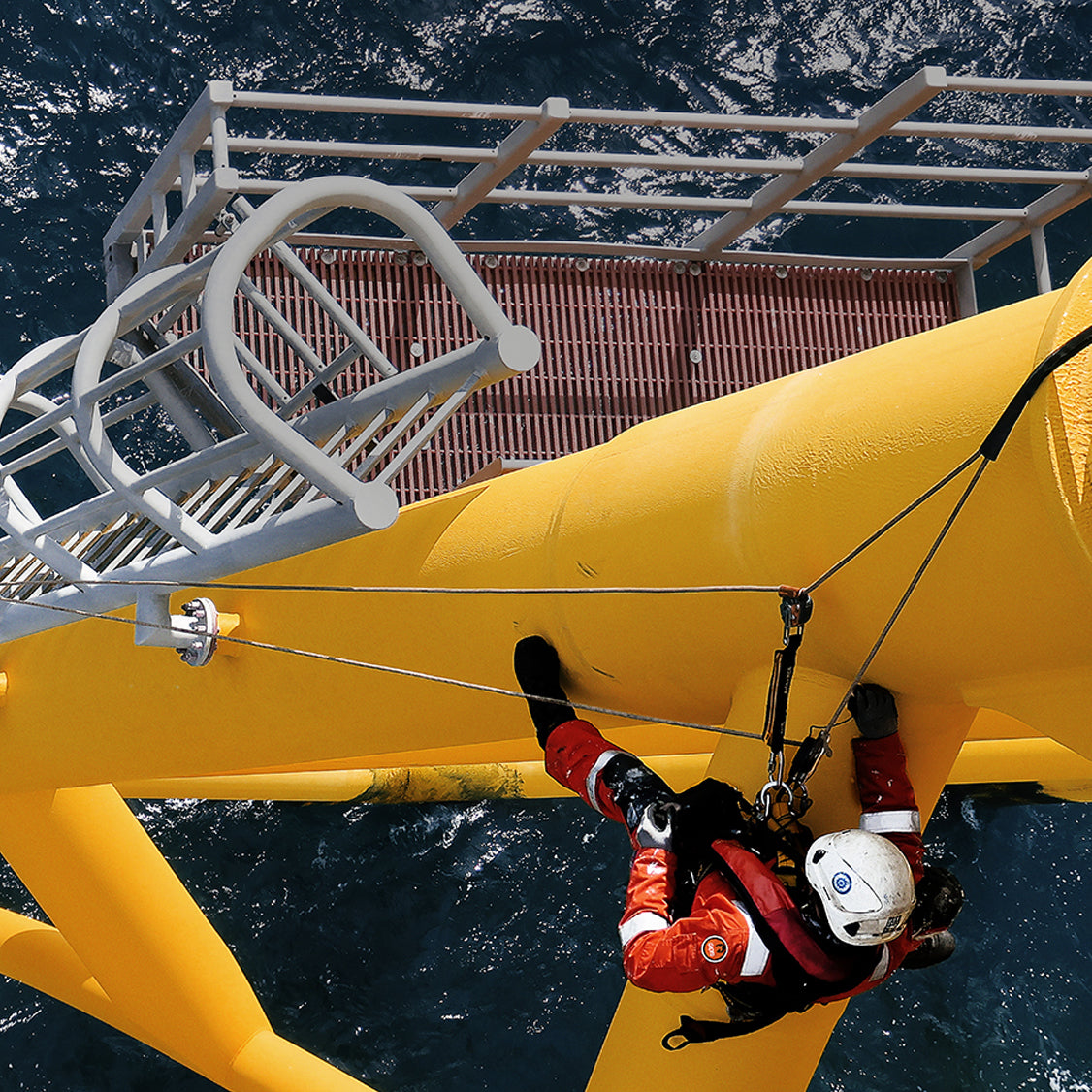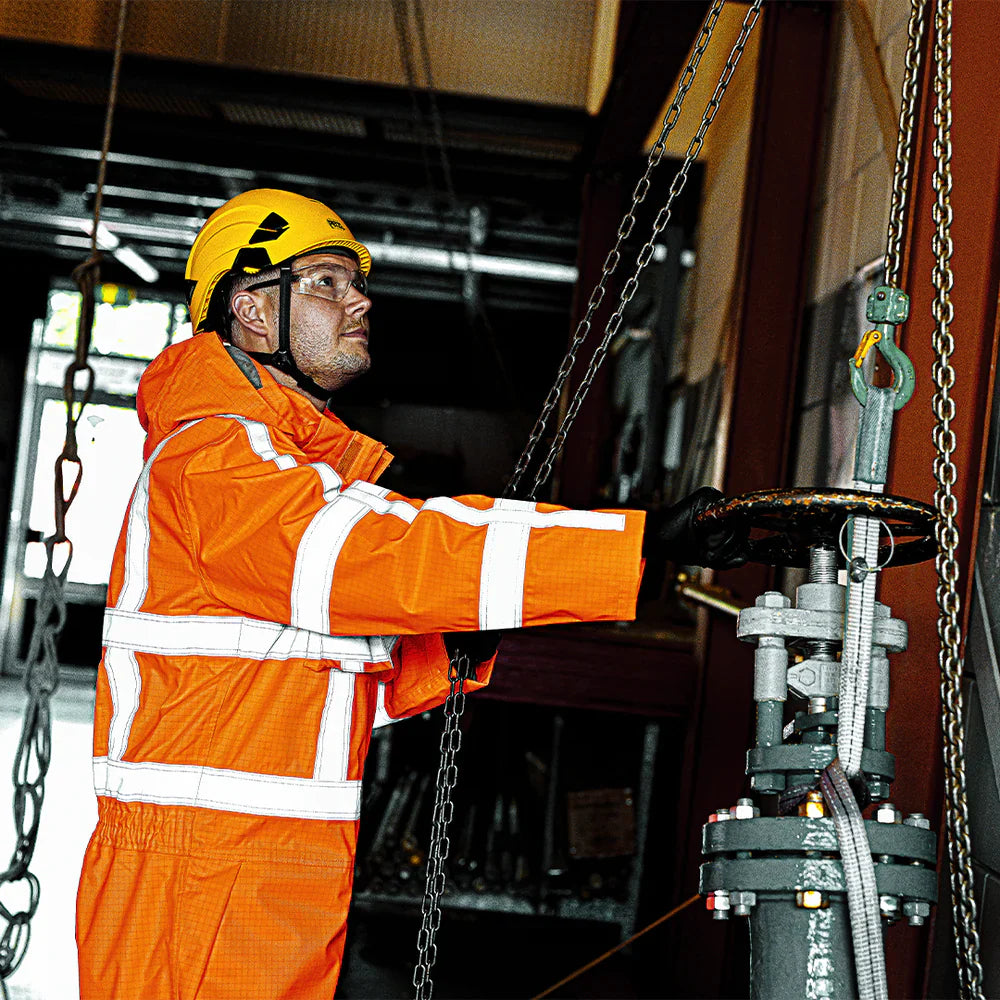Persönliche Schutzausrüstung (PSA) spielt eine grundlegende Rolle beim Schutz des Wohlbefindens von Arbeitnehmern in verschiedenen Branchen. Ob im Baugewerbe, in der Fertigung oder in jedem anderen Bereich ist die Verwendung von PSA wichtig, um die potenziellen Risiken im Zusammenhang mit Arbeitsunfällen und Berufskrankheiten zu mindern. Im Rahmen dieses Artikels werden wir die vielen auf dem Markt erhältlichen PSA-Optionen untersuchen, die Situationen untersuchen, in denen ihre Verwendung erforderlich ist, und den Prozess der Auswahl der am besten geeigneten PSA entsprechend den spezifischen Arbeitsanforderungen erläutern.
Was ist PSA?
Persönliche Schutzausrüstung sind Geräte, Kleidungsstücke oder Zubehör, die Arbeitnehmer vor berufsbedingten Risiken schützen sollen, die ihre Gesundheit und Sicherheit gefährden können. PSA kann eine breite Palette von Schutzartikeln umfassen, von Helmen und Schutzbrillen bis hin zu Schutzkleidung und Handschuhen. Die Verwendung persönlicher Schutzausrüstung ist der direkteste Weg, berufsbedingte Risiken zu verringern.
Wann ist die Verwendung von PSA notwendig?
Persönliche Schutzausrüstung ist in allen Berufen erforderlich, in denen ein Risiko für die Gesundheit und Sicherheit des Arbeitnehmers besteht. Dazu gehören unter anderem Arbeitsplätze im Baugewerbe, in der Fertigung, in der chemischen Industrie und in der Landwirtschaft. Der Bedarf an PSA wird durch eine berufliche Risikobewertung ermittelt, bei der die spezifischen beruflichen Risiken ermittelt werden, die mit einer Aufgabe oder Arbeitsumgebung verbunden sind.Verschiedene Arten des persönlichen Schutzes
Es gibt verschiedene Arten persönlicher Schutzausrüstung, die jeweils zum Schutz vor bestimmten Risiken entwickelt wurden. Sie schützen oft einen begrenzten Teil des Körpers, wie Kopf, Ohren oder Hände. Wenn Sie persönliche Schutzausrüstung tragen, ist es wichtig, dass dadurch keine neuen Gefahren entstehen. Brillen sollten Ihre Sicht nicht behindern und Ihre Kleidung sollte Ihre Bewegungsfreiheit niemals einschränken. Testen Sie Ihre persönliche Schutzausrüstung daher immer in einer sicheren Umgebung, bevor Sie Ihren Arbeitsplatz betreten. Im Folgenden erklären wir mehr über die verschiedenen Arten persönlicher Schutzausrüstung.
Augen- und Gesichtsschutz
Augen- und Gesichtsschutz dient zum Schutz der Augen vor herumfliegenden Partikeln, Staub und anderen Materialien, die Augenreizungen oder Verletzungen verursachen können. Schutzbrillen haben normalerweise schlagfeste Polycarbonatgläser. Für zusätzlichen Komfort können Sie eine Brille mit verstellbarem Rahmen wählen.
Gehörschutz
Um Ihre Ohren vor übermäßigem Lärm zu schützen, sollten Sie immer einen Gehörschutz tragen. Er ist notwendig, um lärmbedingten Hörverlust zu verhindern. Lärmbedingter Hörverlust entsteht, wenn der Schallpegel (die Lautstärke) im Gehörgang zu hoch ist. Wenn Sie später kein Hörgerät mehr tragen müssen, werden Sie es sich selbst danken!
Arbeitshandschuhe
Arbeitshandschuhe gehören zu den am häufigsten verwendeten PSA. Da Sie mit Ihren Händen arbeiten, möchten Sie diese natürlich schützen, egal ob Sie im Garten arbeiten, schweißen oder sägen. Handschuhe können Ihre Hände auch vor Chemikalien schützen, da Kontakt zu Hautschäden, aber auch zu Verbrennungen oder Infektionen führen kann. Ihr Arbeitgeber ist verpflichtet, die richtige chemikalienbeständige PSA bereitzustellen.
Kopfschutz
Als Kopfschutz können Sie einen Schutzhelm tragen. Dieser besteht normalerweise aus PVC oder anderen Materialien wie Aluminium oder Verbundwerkstoff. Tragen Sie einen Helm, wenn eine mögliche Gefahr durch herabfallende Gegenstände besteht, die schwere oder sehr schwere Verletzungen verursachen können. Arbeiten Sie in einem niedrigen Raum, in dem Sie sich leicht den Kopf stoßen können? Wir empfehlen auch das Tragen eines Helms. Schutzhelme sind oft mit einem festziehenden Kopfband und manchmal auch mit einem Kinnriemen oder Gehörschutz ausgestattet.
Atemschutz
Atemschutz ermöglicht das Einatmen gesundheitsschädlicher Luft. Eine der bekanntesten Formen des Atemschutzes ist die Staubmaske, auch Staubschutz genannt. Diese dient dem Schutz der Atemwege vor Staub. Weitere Formen des Atemschutzes sind Halbmasken oder Vollmasken.
Sicherheitskleidung
Natürlich ist es wichtig, zusätzlich zur persönlichen Schutzausrüstung Sicherheitskleidung zu tragen, um den Rest Ihres Körpers zu schützen. Wählen Sie ob Sie ein komplettes Kleidungsstück tragen oder Ihre Sicherheit mit einer Sicherheitsjacke kombinieren möchten. Stellen Sie sicher, dass Ihre Kleidung auch zur Umgebung passt, in der Sie arbeiten. Arbeiten Sie mit Gas oder Chemikalien? Dann möchten Sie wahrscheinlich flammhemmende oder chemikalienbeständige Kleidung tragen. Alle Arbeitskleidung bei Your Safety Shop ist so konzipiert, dass sie umfassenden Schutz bietet.
Sicherheitsschuhe
Sicherheitsschuhe sind so konzipiert, dass sie umfassenden Schutz vor vielen Gefahren am Arbeitsplatz bieten, darunter Stöße, Stiche und elektrische Gefahren. Ob mit verstärkten Zehenkappen, rutschfesten Sohlen oder Schutz vor elektrischen Gefahren – Sicherheitsschuhe sind ein wesentlicher Bestandteil der persönlichen Schutzausrüstung und gewährleisten die Sicherheit und das Wohlbefinden der Arbeitnehmer in verschiedenen Industrieumgebungen.



